In the past decade, digital marketing has revolutionized the marketing landscape. Though traditional marketing is still prevalent, the majority of brands are going digital. Why? It’s pretty simple: the return on investment is a lot higher.
With analysts predicting that there’s going to be substantial growth in digital marketing budgets, marketers are going to go the extra mile to make sure that their company stands out on newsfeeds, emails, and blogs. This is where personalized marketing comes into play — allowing consumers to get an individualized marketing experience that’ll keep brands at the top of their minds.
What Is Personalized Marketing
Personalized marketing, also called one-to-one marketing or individual marketing, is a strategy that leverages data and MarTech to create a unique experience tailored to a consumer.
With the advancements in data collection, analytics, and digital services, a company can deploy real-time personalization tactics to create a better experience for their audience.
To sum it up, it’s data-driven advertisements, content (of all forms), and experiences that are tailored to the person receiving it.
Examples of Personalized Marketing
Crafting an individualized marketing experience has a lot to do with data and what you intend on doing with it. Some companies like Target have gotten so good at personalization they can even predict when an individual is expecting.
You’ll have to figure out what data points you’d like to incorporate and use and create a distribution strategy. For some inspiration, check out how some industry leaders are applying personalization …
Amazon Personalization Example
Have you ever scrolled through Amazon then exited the site to later find the products you were looking at on ads? That’s through design — Amazon’s recommendations algorithm often finds itself in headlines due to its meticulous approach to retargeting.
Here’s what an Amazon retargeting ad looks like on Facebook:
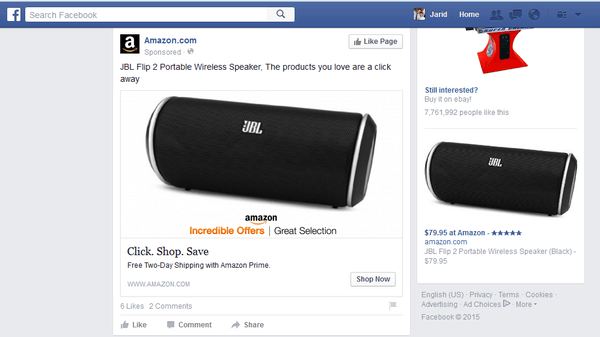
A user will begin their journey on the Amazon site and will receive a tailored ad experience, along with suggestions that fit the individual and their personality on another medium: whether it’s Facebook, Instagram, or a display ad.
Amazon has reported a 29% increase in sales by focusing on this type of personalization and retargeting.
Sephora Personalization Example
E-mail isn’t dead yet, and it’s not going away any time soon. Thanks to marketing automation tools, Sephora was able to have dynamic content by using demographics, psychographics, and web behavior.
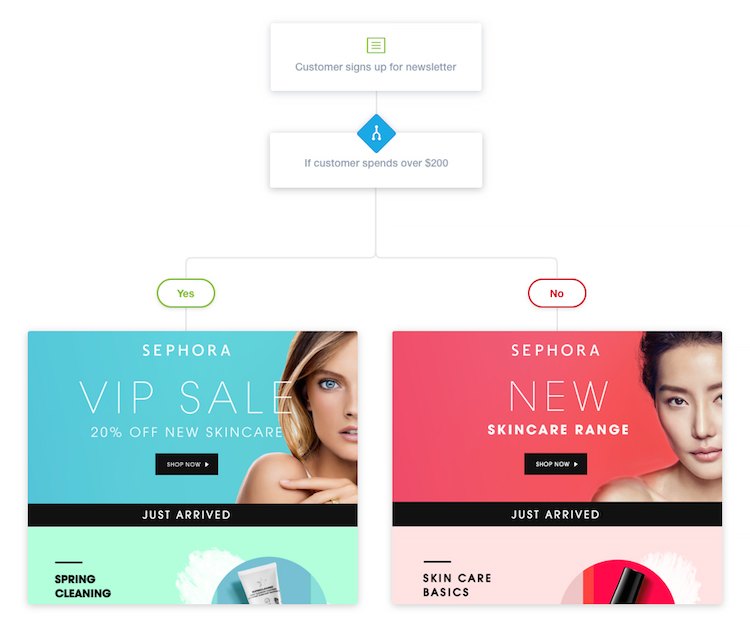
This specific example shows dynamic content. One e-mail is sent to a recipient that has spent more than $200 and the other if they have not made any purchases.
The Importance of Personalization in Marketing
McKinsey research shows that personalization lowers acquisition costs by up to 50%, lifts revenues by 5-15%, and increases the efficiency of marketing spend by 10-30%. Personalization is important for three reasons:
- Millennials and Gen Z expect a personalized marketing approach
- Right now is the time to take advantage of the service as the technologies aren’t as widespread.
- All consumers want more relevancy when it comes to their ads.

That’s right, consumers want brands that know their purchase history and are willing to recommend relevant products. Personalization ultimately impacts how consumers feel about a product or brand. The more customized an interaction is the more likely customers w remain loyal to a brand and become advocates for a company.
Benefits of Personalized Marketing
The real benefit of one-to-one marketing is that a company can effectively target customers that are currently in your marketing funnel as well as prospective customers.
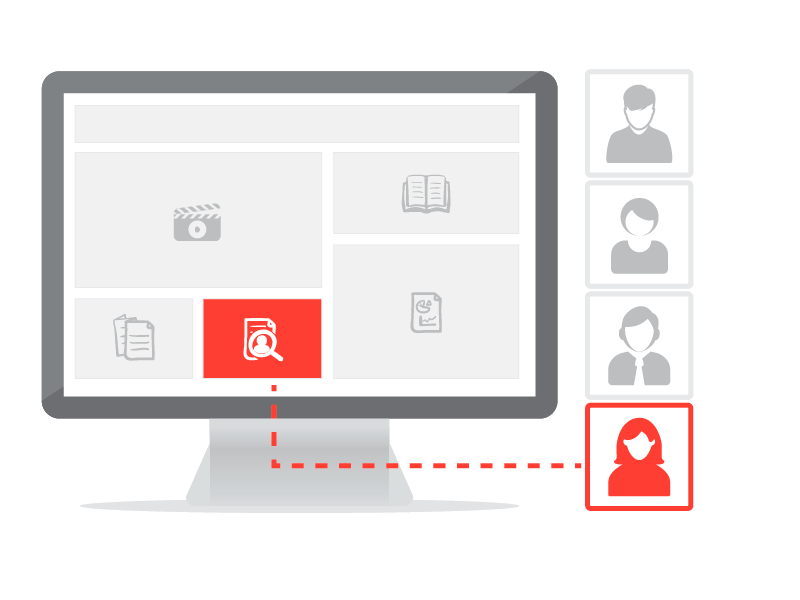
All the data is showing that it lifts transaction rates and revenue. So if you’re still not sure of all its potential here’s how you’ll see personalization affect your business:
Deliver a Better Customer Experience
According to Marketo, 63% of consumers are highly annoyed by the way brands continue to rely on the old-fashioned strategy of blasting generic ad messages repeatedly.

The same consumers that were polled in that study went on to say that they’d either like to have fewer ads or make the content more personalized and relevant to them.
Better Revenue
Personalization drives impulse purchases. 49% of the customers bought items that they did not intend to buy due to a personalized recommendation from the brand they were doing business with.
Brand Loyalty
44% of consumers say they will likely repeat after a personalized shopping experience. If you look at the digital strategy for some of the Fortune 500 companies, you’ll see that their online experience recommends products off of the end-users browsing activity. In doing so, they get more repeat business and loyal customers.
What’s Next For Personalization?
A couple of years ago, simply having a person’s name in an e-mail was enough to wow them — now, it’s an expectation. True personalized marketing is more than including a name in a subject line or e-mail, it’s about gaining the trust of your customer and letting them know that your brand is doing its best to create an experience for them, as opposed to just getting their money.
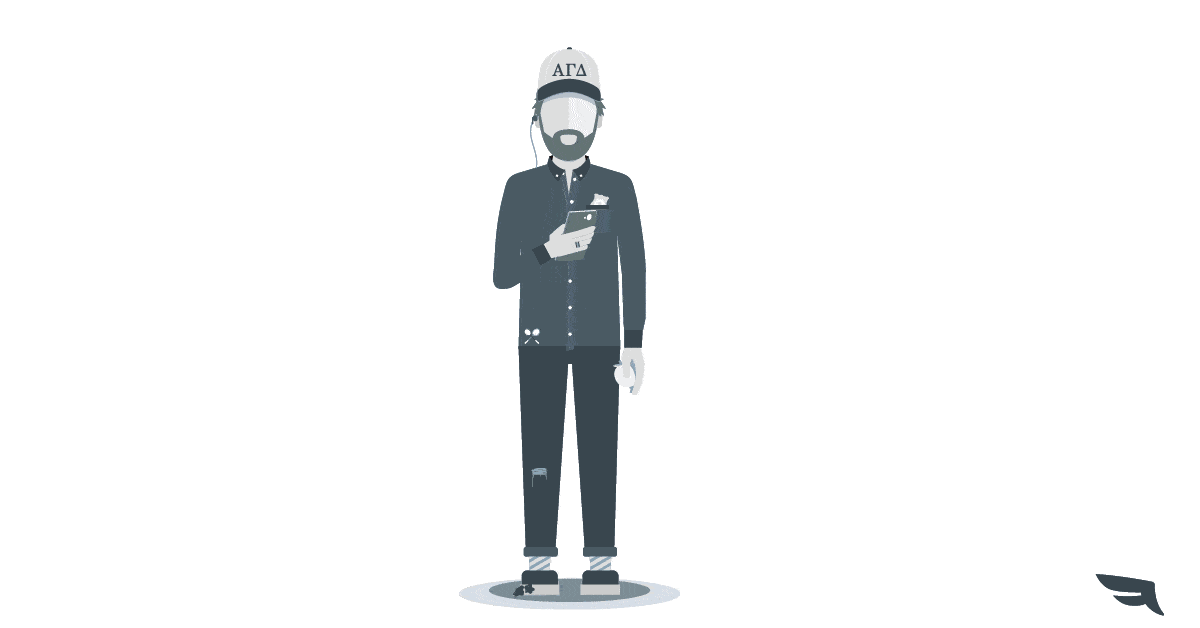
The entire message from the top of funnel to down to purchase (and retention) has to be relevant and tailored to the viewer. So, e-mails, blogs, ads, and images have already been done, so the real future lies in video.
The Case For Video Personalization
All the studies prove that video drives traffic, engagement, and revenue. In fact: Video marketers get 66% more qualified leads per year.
The real problem is that marketers believe there are a lot of hoops to jump through, with concerns that the price, time, and resources — which is not the case at all.
Marketing services have grown to allow things like real-time content personalization, programmatic video ads, and can use contextual data to generate videos for their users.
With digital video ad revenue is projected to rise from $8.5 billion in 2016 to $23 billion in 2021, we wanted to cut into and disrupt the market as a flexible solution that will create individualized videos for company’s users.
Vedia.ai Personalized Video Maker
Imagine having one million videos being made for one million unique users. Vedia.ai is an ai-powered video creator that generates dynamic video content for users based off of their behaviors.
We’re using contextual data to create videos; videos can be placed on e-mails, video ads, and any communication channel that you can think of.
We are poising Vedia to be the most flexible ai-powered video creation tool. We’re working with real estate agencies, car dealerships, travel websites, and even government departments, to create videos that’ll connect individuals to brands. If you’d like to learn more about our solution request a demo and find out more.


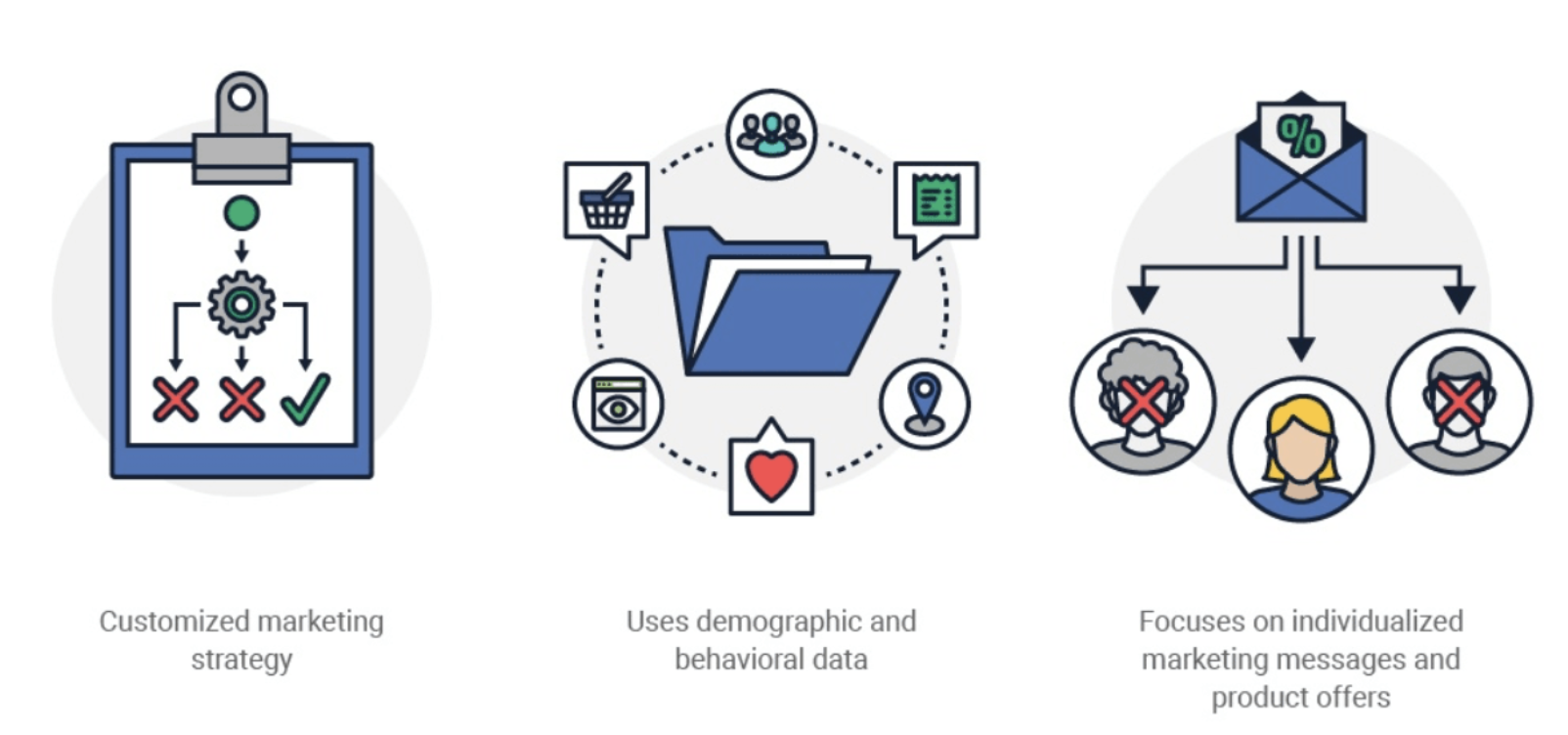
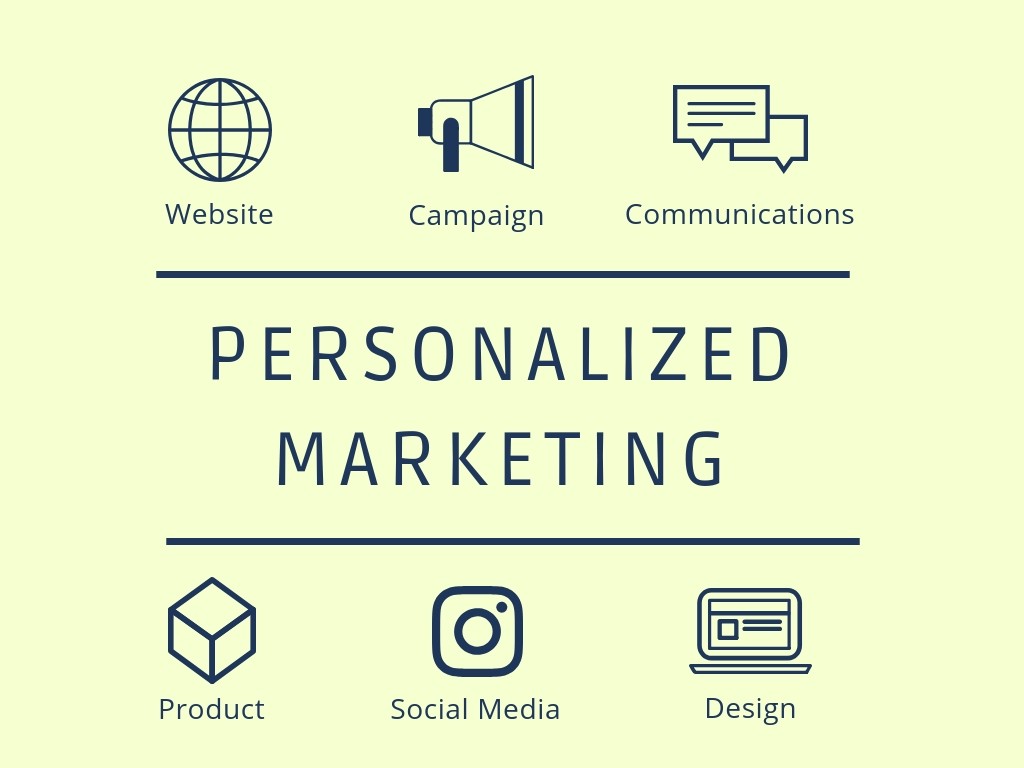
11 Comments
Pingback: What is One-To-One Marketing? Definition and Examples of 1:1 | Vedia
Pingback: What Is Neuromarketing? The Art, Psychology, and Science of Marketing
Pingback: At What Part of the Buyer's Journey Should I use Video? | Vedia Blog
Pingback: Test Post - Personalized Video & Marketing Blog | Vedia.ai
Pingback: How to Successfully Launch an Ecommerce Store
Pingback: What is Programmatic Video Advertising And How To Use It | Vedia Blog
Pingback: Neuromarketing: El Arte, La Psicología y La Ciencia Detrás del Marketing
Pingback: ¿Qué es el Marketing Uno-a-Uno? Definición, Ejemplos y Más | Vedia AI
Pingback: Cómo Usar el Video en Cada Parte del Recorrido del Comprador
Pingback: The Best Practices for Posting Instagram Video | Raw Shorts Blog
Pingback: How to Engage Prospects With Personalized Video Marketing | Vedia